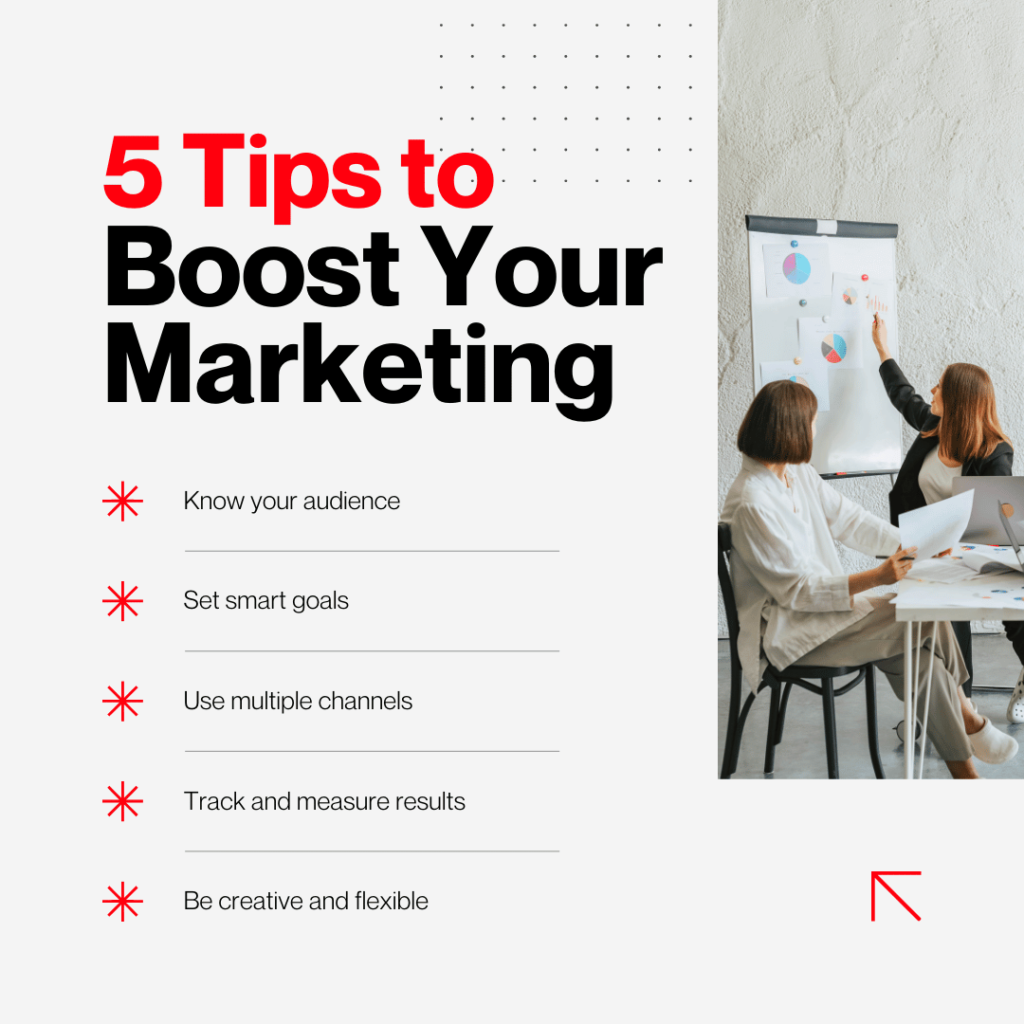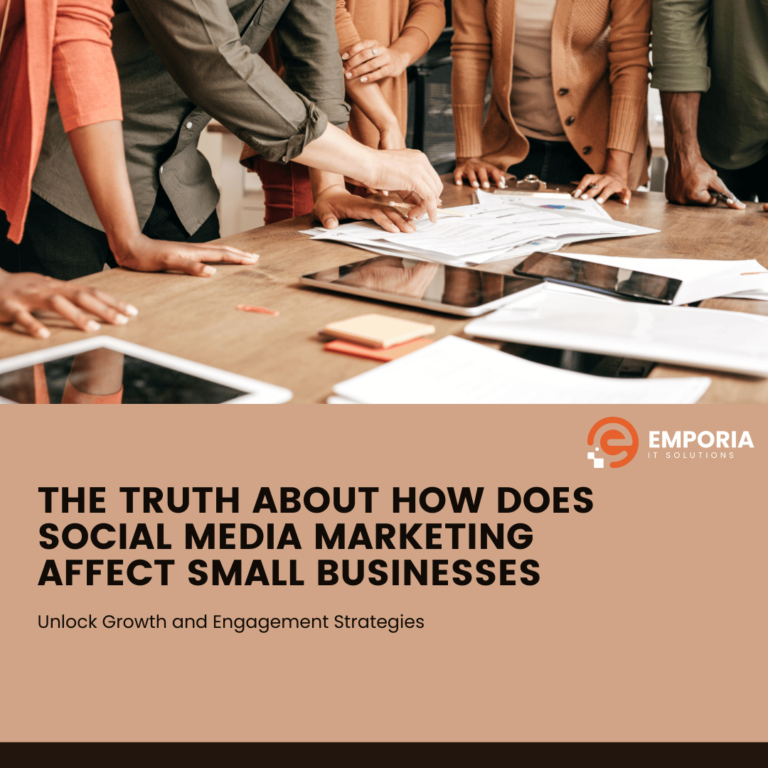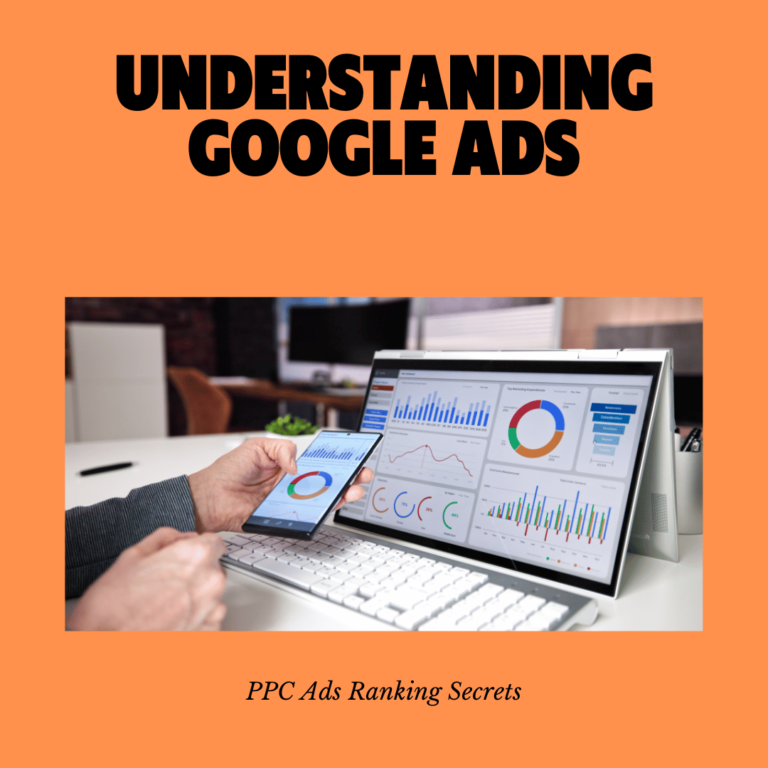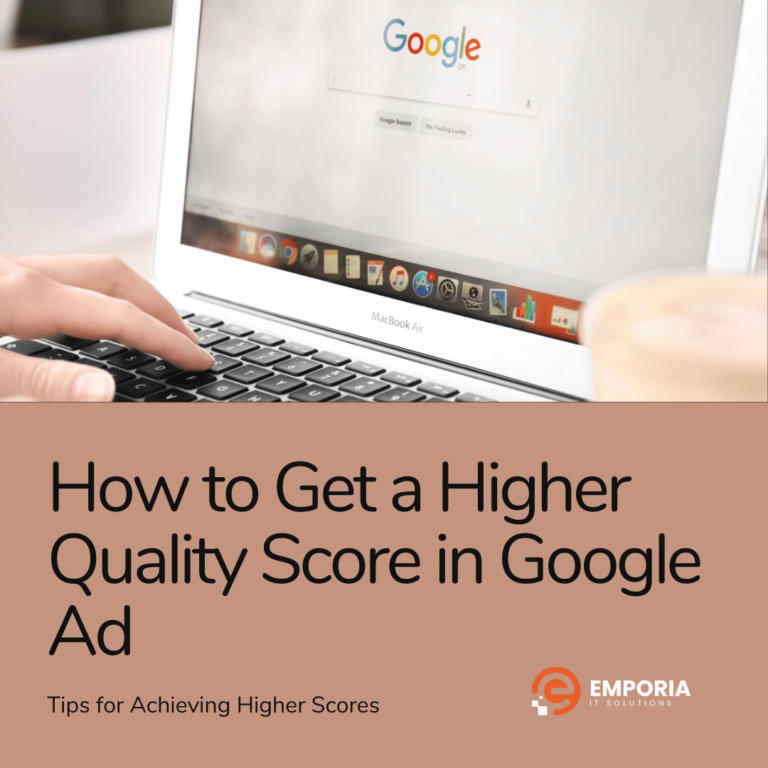Facebook Ads are a powerful tool for businesses to reach their target audience on one of the world’s largest social media platforms. With over 2.8 billion monthly active users, Facebook provides a vast audience for advertisers to engage with. Facebook Ads allow businesses to create targeted advertisements that appear in users’ news feeds, stories, and other placements across the platform. Beginners Guide to Facebook Ads be customized based on various objectives, such as increasing brand awareness, driving traffic to a website, or generating leads.
Read More: Exploring Facebook Advantages for Business: Tips and Strategies
Importance for Businesses
Facebook Ads are crucial for businesses looking to enhance their online presence and achieve their marketing goals. By leveraging Facebook Ads, businesses can:
- Increase Brand Awareness: Reach a large audience and make your brand more recognizable.
- Drive Website Traffic: Direct potential customers to your website, increasing the chances of conversions.
- Generate Leads: Collect valuable information from potential customers through lead-generation ads.
- Boost Sales: Promote products and services directly to users who are likely to be interested.

Why Use Facebook Ads?
Large Audience Reach
One of the most significant advantages of Facebook ads is the platform’s massive user base. With billions of active users, businesses can reach a diverse and extensive audience. This broad reach ensures that your ads are seen by a large number of potential customers, increasing the likelihood of engagement and conversions.
Targeting Options
Facebook Ads offer unparalleled targeting capabilities, allowing businesses to reach specific demographics, interests, and behaviors. Advertisers can narrow down their audience based on age, gender, location, interests, and even life events. This precision targeting ensures that your ads are shown to the most relevant audience, maximizing the effectiveness of your campaigns.
Cost-Effectiveness
Compared to traditional advertising channels, Facebook Ads are highly cost-effective Businesses can set their own budgets and bid strategies, ensuring that they only spend what they can afford. Additionally, Facebook Ads provide detailed analytics and performance metrics, allowing advertisers to optimize their campaigns and achieve a higher return on investment (ROI).
Read More: How to Use Facebook for Business Marketing: Increasing Your ROI
Setting Up Your Account
Creating a Business Manager Account
To start using Facebook Ads, you need to create a Business Manager account. This platform helps you manage your Facebook marketing and advertising activities in one place. Follow these steps:
1. Visit business.facebook.com and click on “Create Account.”
2. Enter your business name, your name, and your business email address.
3. Check your email for a confirmation message and follow the instructions to verify your account.
Setting Up an Ad Account
Once your Business Manager account is set up, you need to create an ad account:
1. Go to Business Settings in your Business Manager.
2. Click on “Ad Accounts” under the “Accounts” section.
3. Click the blue “Add” button and choose “Create a New Ad Account.”
4. Enter your ad account details, including the account name, time zone, and currency.
Linking Your Facebook Page
Linking your Facebook Page to your Business Manager account is essential for running ads:
1. Go to Business Settings in your Business Manager.
2. Click on “Pages” under the “Accounts” section.
3. Click the blue “Add” button and select “Add a Page.”
4. Enter your Facebook Page name or URL and click “Add Page”.

Ad Objectives
Facebook Ads are designed to achieve specific objectives, which can be categorized into three main types:
- Brand Awareness: Increase the recognition of your brand among potential customers.
- Reach: Show your ad to as many people as possible within your target audience.
Consideration
- Traffic: Drive visitors to your website or app.
- Engagement: Encourage interactions such as likes, comments, and shares.
- App Installs: Promote your app to increase downloads.
- Video Views: Get more people to watch your video content.
- Lead Generation: Collect leads for your business.
- Messages: Encourage people to send messages to your business.
Conversion
- Conversions: Drive valuable actions on your website, such as purchases or sign-ups.
- Catalog Sales: Promote products from your catalog to generate sales.
- Store Traffic: Increase visits to your physical stores.
Read More: How to Create an SEO Strategy: Advanced Tactics for Experts
Audience Targeting
Effective audience targeting ensures your ads reach the right people. Facebook offers several targeting options:
Demographics
Target users based on age, gender, education, job title, and more. This helps you reach specific segments of the population that are most likely to be interested in your products or services.
Interests and behavior
Target users based on their interests, hobbies, and activities. This allows you to reach people who have shown interest in topics related to your business.
Target users based on their behavior, such as purchase history, device usage, and travel patterns. This helps you reach people who are more likely to engage with your ads.
Custom Audiences
Create custom audiences by uploading your customer list or using data from your website or app. This allows you to target people who have already interacted with your business.
By understanding and utilizing these targeting options, you can create highly effective Facebook ad campaigns that reach the right audience and achieve your marketing goals.
Creating Ad Content
Creating compelling ad content is crucial for the success of your Facebook Ads. Here are some key elements to focus on:
Ad Copy
Your ad copy should be clear, concise, and engaging. It needs to capture the attention of your audience quickly and convey your message effectively. Here are some tips:
- Use a strong headline: Grab attention with a catchy and relevant headline.
- Keep it short and sweet: Avoid long paragraphs; aim for brevity.
- Include a call-to-action (CTA): Encourage users to take the desired action, such as “Shop Now” or “Learn More”.
Visuals
Visuals play a significant role in attracting attention and conveying your message. High-quality images and graphics can make your ads stand out. Consider the following for beginners Guide to Facebook Ads
- Use high-resolution images: Ensure your images are clear and professional.
- Be consistent with your brand: Use colors and styles that align with your brand identity.
- Incorporate people: Images of people, especially those showing emotions, can be more engaging.
Read More: Why Your Business Needs a Strong SEO Content Marketing Strategy
Videos and Carousel Ads
Videos and carousel ads are highly effective formats on Facebook. They allow you to showcase multiple products or tell a story in a dynamic way.
- Videos: Keep them short (15-30 seconds) and engaging. Use captions as many users watch videos without sound.
- Carousel Ads: Use multiple images or videos in a single ad to highlight different features or products. Ensure each card has a clear CTA.
Best Practices
To create effective ad content, follow these best practices:
- Test different variations: Experiment with different headlines, images, and CTAs to see what works best.
- Optimize for mobile: Ensure your ads look good on mobile devices, as a significant portion of Facebook users access the platform via mobile.
- Monitor performance: Use Facebook Ads Manager to track the performance of your ads and make necessary adjustments.

Budgeting and Bidding
Effective budgeting and bidding strategies are essential for maximizing the return on your Facebook Ads investment.
Budget Types
Facebook offers two main types of budgets:
- Daily Budget: The average amount you’re willing to spend per day.
- Lifetime Budget: The total amount you’re willing to spend over the entire duration of your campaign.
Bidding Strategies
Choosing the right bidding strategy can help you achieve your campaign goals efficiently:
- Cost per Click (CPC): Pay each time someone clicks on your ad.
- Cost per Thousand Impressions (CPM): Pay for every 1,000 impressions your ad receives.
- Cost per Action (CPA): Pay for specific actions, such as purchases or sign-ups.
Optimizing Spend
To optimize your ad spend:
- Set clear goals: Define what you want to achieve with your ads.
- Monitor and adjust: Regularly review your ad performance and adjust your budget and bids accordingly.
- Use automated rules: Facebook allows you to set automated rules to manage your budget and bids based on performance.
Launching Your Campaign
Launching a successful Facebook ad campaign involves several key steps:
Campaign Setup
1. Choose your objective: Select the goal of your campaign, such as brand awareness, traffic, or conversions.
2. Define your audience: Use Facebook’s targeting options to reach the right people.
3. Set your budget and schedule: Decide on your budget and the duration of your campaign.
Ad Formats
Facebook offers various ad formats to choose from:
- Image Ads: Simple and effective, using a single image.
- Video Ads: Engaging and dynamic, ideal for storytelling.
- Carousel Ads: Showcase multiple images or videos in a single ad.
- Collection Ads: Combine images and videos to create a visually appealing experience.
Monitoring Performance
Monitoring the performance of your Facebook Ads is essential to ensure your campaigns are effective and delivering the desired results. Here are the key aspects to focus on:
Key Metrics
Tracking the right metrics helps you understand how well your ads are performing. Some of the most important metrics include:
- Click-Through Rate (CTR): Measures the percentage of people who clicked on your ad after seeing it. A higher CTR indicates that your ad is engaging and relevant.
- Conversion Rate: The percentage of users who completed a desired action (e.g., making a purchase) after clicking on your ad. This metric helps you gauge the effectiveness of your ad in driving actions.
- Cost Per Click (CPC): The amount you pay for each click on your ad. Lower CPC means you are getting more clicks for your budget.
- Return on Ad Spend (ROAS): Measures the revenue generated for every dollar spent on ads. A higher ROAS indicates a more profitable campaign.
Using Ads Manager
Facebook Ads Manager is a powerful tool for monitoring and managing your ad campaigns. It provides detailed insights and allows you to:
- Track performance: View real-time data on how your ads are performing.
- Analyze metrics: Break down metrics by demographics, placements, and more to understand what’s working.
- Adjust campaigns: Make changes to your targeting, budget, and ad creatives based on performance data.
Strategy Adjustments
Regularly reviewing your ad performance and making necessary adjustments is crucial for optimizing your campaigns. Here are some strategies:
- A/B Testing: Test different versions of your ads to see which performs better. This can include variations in ad copy, images, and CTAs.
- Budget Reallocation: Shift your budget towards high-performing ads and reduce spend on underperforming ones.
- Audience Refinement: Adjust your targeting to focus on the most responsive audience segments.
Common Mistakes
Avoiding common mistakes can significantly improve the effectiveness of your Facebook Ads campaigns:
Targeting Issues
- Overly Broad Targeting: Targeting too broad an audience can dilute your ad’s effectiveness. Narrow your focus to reach the most relevant users.
- Ignoring Custom Audiences: Not utilizing custom audiences can result in missed opportunities to re-engage with potential customers.
Creative Neglect
- Poor Ad Design: Low-quality images or videos can reduce engagement. Invest in high-quality visuals that resonate with your audience.
- Weak Ad Copy: Ineffective ad copy can fail to capture attention. Ensure your copy is clear, concise, and compelling.
Recap
Facebook Ads offer powerful tools for businesses to reach their target audience and achieve their marketing goals. By monitoring key metrics, using Ads Manager effectively, and making strategic adjustments, you can optimize your campaigns for better performance. Avoiding common mistakes such as targeting issues, creative neglect, lack of testing, and monitoring lapses will further enhance your ad effectiveness.
Beginners Guide to Facebook Ads seems daunting, but with the right approach and tools, you can achieve great results. Begin by setting clear objectives, creating compelling ad content, and regularly monitoring your performance.
At Eemporia, we specialize in helping businesses unlock the full potential of their online presence through data-driven social media marketing strategies. Whether you’re looking to increase brand visibility, engage with your audience, or boost sales, our team of experts will create a tailored approach that meets your specific business goals. With a decade of experience in delivering real results, we transform your social media platforms into powerful tools for growth.
Ready to achieve your marketing goals with Facebook Ads? Contact Eemporia today to create a strategy that delivers real results!

FAQs
- What are Facebook Ads?
Facebook Ads are paid messages from businesses that appear in users’ news feeds, stories, and other placements on Facebook. They are designed to help businesses reach their target audience and achieve specific marketing objectives.
- How much do Facebook Ads cost?
The cost of Facebook Ads varies depending on factors such as your budget, bidding strategy, and competition. You can start with as little as $1 per day.
- How do I set up a Facebook Ads account?
To set up a Facebook Ads account, you need to create a Facebook Business Manager account, set up an ad account, and link your Facebook Page. Detailed steps can be found in the Facebook Business Help Center.
- What are the main objectives of Facebook Ads?
The main objectives of Facebook Ads are Awareness (brand awareness, reach), Consideration (traffic, engagement, app installs, video views, lead generation, messages), and Conversion (conversions, catalog sales, store traffic).
- How can I target my audience with Facebook Ads?
Facebook Ads offer various targeting options, including demographics (age, gender, location), interests (hobbies, activities), behaviors (purchase history, device usage), and custom audiences (customer lists, website traffic).







